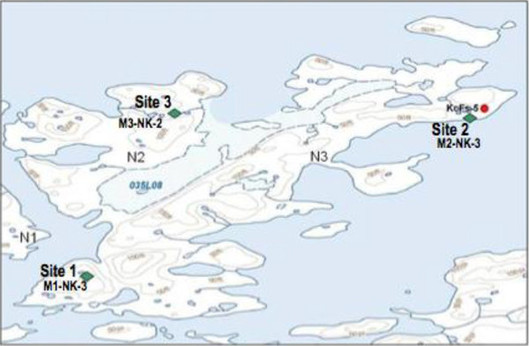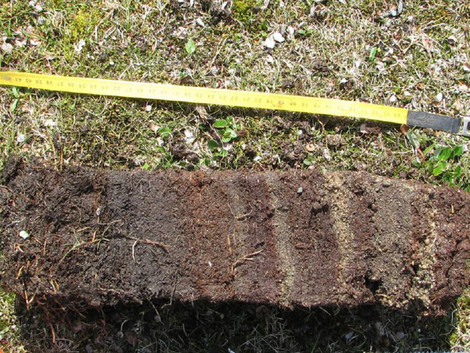Activities and broadcast
Summary of the Fieldworks of 2009, by Andrée-Anne Pharand
The subject of my Master’s project, entitled “Palaeoecology of Nuvuk Island, Nunavik, Canada,” is the relationship between climate change and the environment in the Nuvuk Island archipelago, with a focus on archaeological site KcFs-5. This research in palaeoecology is part of a CURA project entitled, “Time and space among Nunavik’s Inuit”, supervised by Daniel Gendron from Avataq Institute.
The Nuvuk Island archipelago is formed by three distinguished islands (NK-1, NK-2 and NK-3) and is located 3 km from Ivujivik (Nunavik) (Figure 1). Fieldwork for this study was conducted in the summer of 2009 and included a floristic inventory of the vegetation and peat monolith sampling from three ponds, which are in the process of filling in: one pond on NK-1, one on NK-2 and another one on NK-3.
On site, the stratigraphy of each monolith was analysed and described based on the degree of decomposition, the color and the composition of the peat. The monoliths were between 47 and 54 cm thick and were cut at each centimetre. Each sample was put into a plastic bag and clearly identified for subsequent macrofossil analysis, palaeoentomology analysis and radiocarbon dating. The goal is to obtain a chronological overview of the changes that affected the settlement activities of the population that occupied the Nuvuk Island archipelago.


